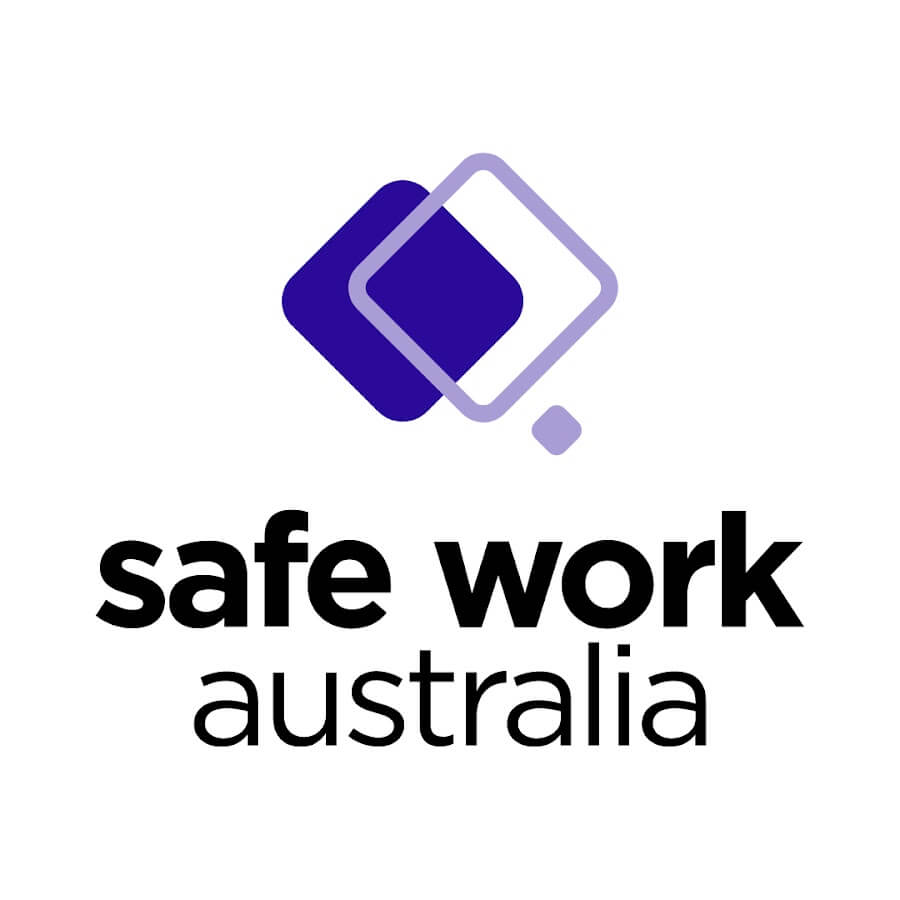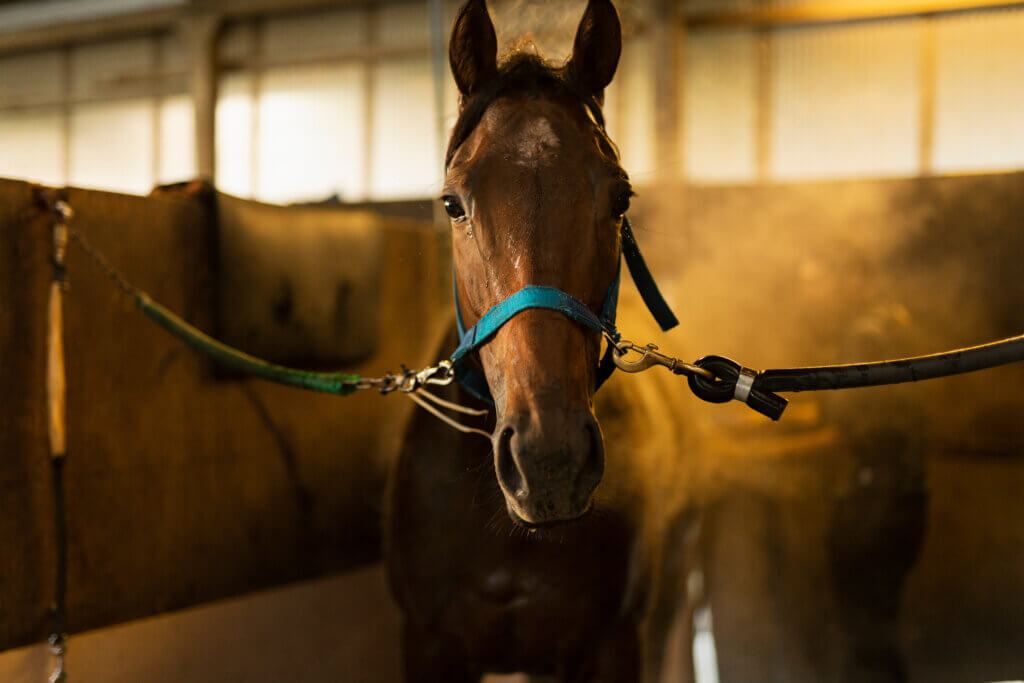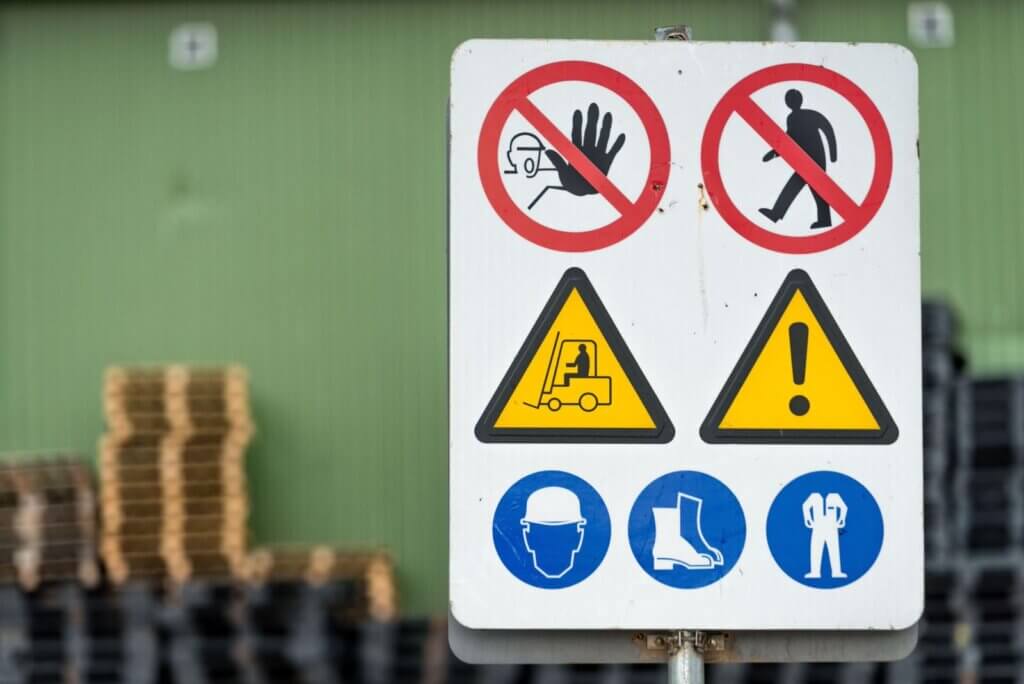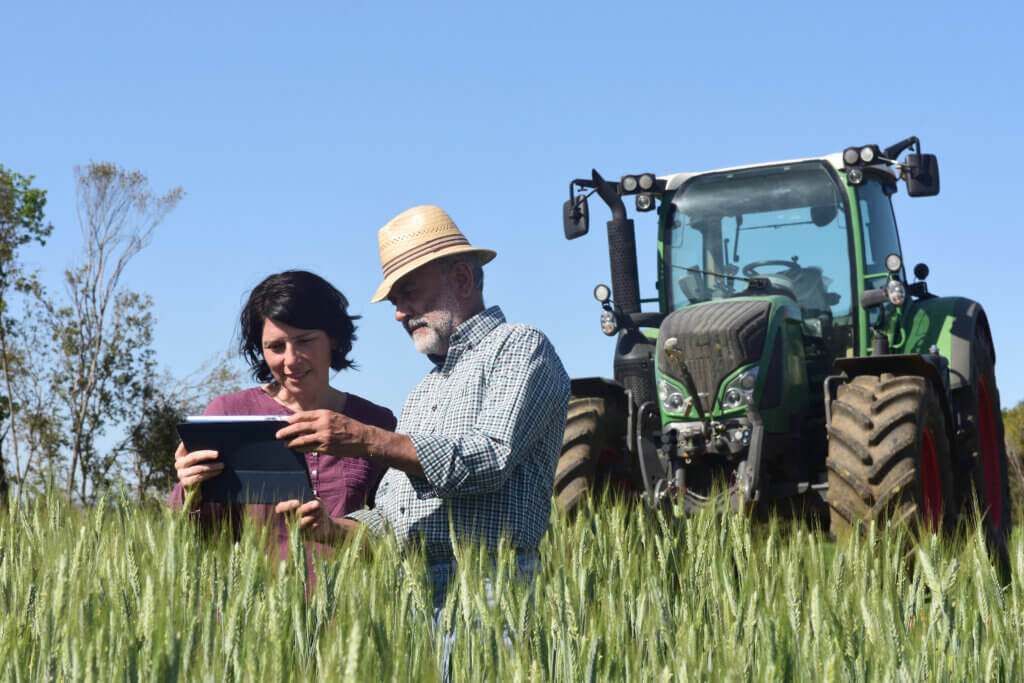New Noise Hazard Requirement Introduced in Queensland.
From 29 July 2025, a significant new requirement will be introduced in Queensland. If your business requires any of your workers to use personal protective equipment (PPE) to protect them from the risk of hearing loss associated with noise exceeding the exposure standard, you will be required to arrange audiometric testing for these workers.
These changes reflect a heightened focus on preventing hearing loss at work and will necessitate proactive steps from businesses to ensure compliance and, more importantly, worker safety.
What’s Changing?
The major update to the Managing noise and preventing hearing loss at work Code of Practice 2021 includes the mandatory introduction of audiometric testing for workers who are required to use hearing protection to control noise exposure above the standard. These changes will be reflected to the Code of Practice by late 2025.
What does this mean?
If a worker needs to wear hearing protection because of noise levels exceeding:
- 85 decibels (dB(A)) as an 8-hour average, or
- 140 decibels (dB(C)) peak sound pressure level
Then the business must provide audiometric testing, including:
- An initial test within 3 months of the worker starting noisy duties
- Ongoing testing at least every 2 years
This requirement will help employers detect early signs of hearing loss and act quickly to reduce further harm.
What This Means for Your Business: Key Requirements
To ensure compliance and protect your workforce, here’s what Queensland businesses need to know and implement:
- Initial Testing: Audiometric testing must be provided to the worker required to use PPE for hearing protection.
- Ongoing Monitoring: After the first test, hearing checks must be done at least every 2 years.
- Increased Frequency for High Risk: More frequent tests may be needed for high-risk workers or those exposed to noise levels at or above 100 decibels (dB(A)).
- Other Contributing Factors: Extra testing is recommended if workers are exposed to chemicals that can damage hearing or are working around loud noise and:
- Harmful chemicals exceed 50% of their exposure limit
- Workers are also exposed to vibration (hand-arm or whole-body)
- Qualified Tester: Testing must be done by a trained professional using proper equipment that meets Australian standards (AS/NZS 1269).
Audiometric testing plays a key role in monitoring workers’ hearing and assessing whether noise control measures are effective, but it’s important to remember that testing alone won’t reduce noise risks. If a worker’s hearing levels decline, you must investigate the cause and review the effectiveness of their hearing protection, ensuring it’s the right type, properly fitted, in good condition, and used consistently.
Before implementing a hearing test program or introducing noisy equipment, employers must consult with workers and health and safety representatives to ensure transparency and engagement. It’s also essential to provide workers with their test results, along with a clear explanation of what the findings mean for their hearing health.
How Safe Industries Australia Supports Your Compliance
At Safe Industries Australia, we’ve reviewed our documentation to ensure it meets the latest QLD noise hazard requirements. As a client, you can be confident that:
- Your existing safety documentation is already up to standard with current legislative changes
- Our noise risk assessments and Safe Work Procedures (SWPs) are built to align with the Code of Practice updates
- You’re covered with practical tools, expert guidance, and proactive support to help you stay compliant and protect your workers’ hearing
Whether you’re managing a rural operation or overseeing high-noise plant and equipment, our WHS platform and support team are ready to help you manage the change.
Need Help Getting Prepared?
If you’re unsure how the changes apply to your business or want help getting started with testing programs and documentation updates, we’re here to help.
We’ve created a practical Noise Hazard Identification Checklist to help businesses identify and manage noise risks in the workplace. Whether you’re just getting started or reviewing your current practices, this checklist is a great tool to guide your compliance.
Download the Noise Hazard Identification Checklist here
Use it to review your current controls, assess exposure levels, and ensure your workplace is taking the right steps to prevent hearing loss.




